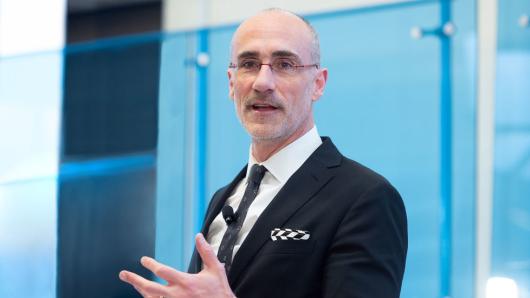Course description
Many of the things we thought we knew about war no longer hold true. For example, civilians enjoy special protection and no military is allowed to target them. Why then do we see so many recent reports about civilian casualties, for example in Syria and Yemen, both through severe malnutrition of the civilian population and direct attacks, including on health care facilities? Why have recent conflicts led to such large numbers of refugees and internally displaced persons? This course takes a bottom-up approach to studying and understanding current conflict and focuses on the human dimension. It thus provides a complementary perspective to the traditional top-down perspective of studying conflict through the lens of state behavior, military strategy, and international organizations. The course focuses on the experience of aid workers, but also soldiers in current conflicts, when some military operations now happen far from the traditional battlefield and an armed drone can be operated from thousands of miles away. What role do private security contractors, mercenaries, and child soldiers play? And how do people deal with and move forward from traumatic experiences in wartime and build sustainable peace? To answer these questions, this course puts the role, agency, and experience of individuals and groups of individuals at its center.







